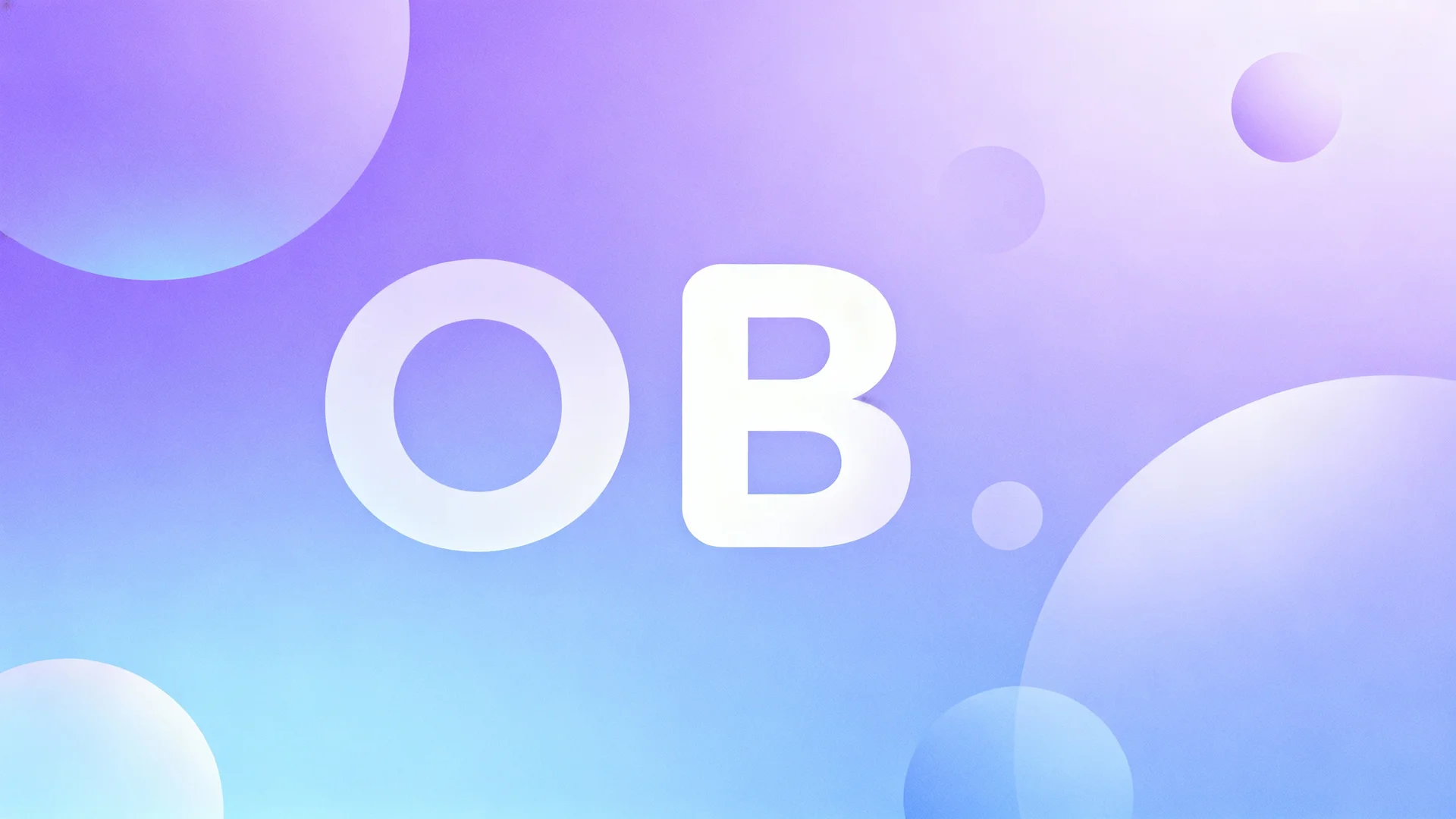
Loading...
Checking authentication...
Practice your pronunciation with interactive games and challenges.
Start PlayingWhile the pronunciation of Dupuytren's Contracture might be a challenge in itself, understanding what it entails is another story. Named after Baron Guillaume Dupuytren, a 19th-century French surgeon, this condition affects the connective tissue under the skin of the palm and can lead to the fingers being pulled into a bent position.
But why is it still such a mystery? Primarily, because its causes remain largely unknown. While it's more prevalent among men, particularly those of Northern European descent, there's a lot we still don't understand about why and how it develops. Could it be genetic? Tied to lifestyle? Or perhaps something entirely different?
Imagine waking up one day to find your fingers refusing to straighten. For those with Dupuytren's Contracture, this isn't an uncommon scenario. It often starts as a small lump or nodule in the palm, which may thicken or contract over time. Eventually, this fibrous tissue can pull one or more fingers-most often the ring and little fingers-into a bent position.
Unlike other conditions that might cause joint pain or inflammation, Dupuytren's Contracture is typically painless. This unique aspect often leaves people puzzled about its progression and whether they should seek medical attention.
Why does Dupuytren's Contracture affect some people but not others? Some experts suggest a genetic predisposition, particularly in individuals with Viking ancestry. However, factors like alcohol consumption and smoking have also been suggested as exacerbating elements.
"While genetics play a significant role, lifestyle factors cannot be entirely ruled out. Understanding the balance between these can be key to future prevention strategies," says Dr. Emily Harper, a leading hand specialist.
For those keen on exploring whether they're at risk, it's crucial to evaluate family history and consider lifestyle adjustments. But remember, the condition is unpredictable, and not everyone with risk factors will develop it.
What can be done if you or someone you know is dealing with Dupuytren's Contracture? Treatment varies depending on the severity of the condition. Options range from needle aponeurotomy, which is a minimally invasive technique, to more extensive surgeries in severe cases.
Physical therapy can also play a role in maintaining finger flexibility and hand function, although it's not a cure. With new techniques continuously being researched, the future looks promising for those affected by this condition.
For a practical demonstration of treatments, check out our video guide.
Adjusting to life with Dupuytren's Contracture requires more than just medical interventions. It involves adapting daily activities and finding new ways to complete tasks. Consider these tips:
Living with this condition might mean encountering challenges, but with the right strategies, individuals can continue to lead fulfilling lives.
As we close our exploration of Dupuytren's Contracture, consider these questions:
Dupuytren's Contracture is more than just a medical term; it's a gateway into understanding the complexities of the human body and the mysteries it holds. As we continue to uncover the secrets behind this condition, we gain valuable insights into genetics, lifestyle, and the intricate dance between the two. Whether you're an English learner curious about pronunciation or a professional dealing with this condition, the journey of understanding Dupuytren's Contracture is a shared one, filled with discovery and learning.
Remember, the next time you meet someone with a bent finger, there's a story there-one that might just lead us to new horizons in both medicine and human resilience.